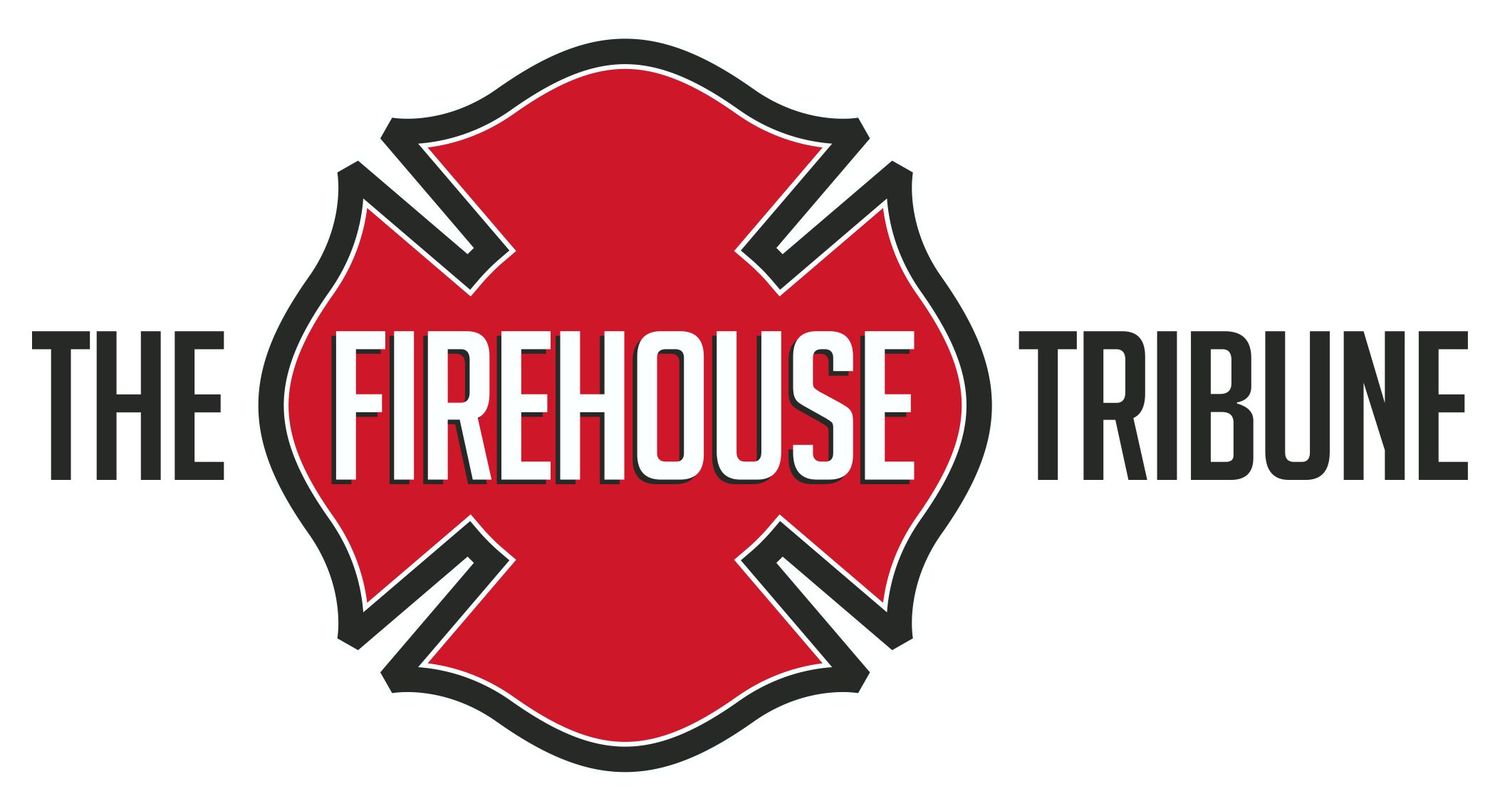You Have Just One Job
"This shouldn't take too long." I'm not talking to anyone;that's just the thought in my head as I get ready to clean the bathroom today. On the first floor of my house there is a half bath that is just after the front door, on the right side. It's just close enough to the door that if you pull in to the parking space, Dukes of Hazzard style, and busted through the front door to use the bathroom, you can make it without an 'accident' happening. The bathroom needs cleaning. I go to work using an assortment of cleaners; being careful not to cause a hazardous environment needing 911. Now, it's time to mop. That is also the time things go in a new direction. I go to the hallway closet a few feet away on the other side of the hallway. I see a mop handle sticking up, but there is all this stuff in the way. I start cleaning the closet to get to the mop to clean the bathroom. I now have two bags of things to throw out, brooms and other floor cleaning devices neatly arranged, but no mop. A wide area search (of a townhouse, mind you) leads to finding the mop in another bathroom upstairs. To recap, I have cleaned the closet, to find and clean the mop, so I can finish cleaning the bathroom. But while cleaning the mop, I notice there may be a leak coming from the sink I used. So, after cleaning the closet to get the mop, I found and cleaned the mop, then found the leak, then cleaned up the water from the leak to clean the, uh…what was I supposed to be doing again?
At that moment, I see myself in a place I have been before. Perhaps you have found yourself in that same place. I have one thing on my mind to do. In the process of working on that one thing, I accomplish 3 or 4 other things. Never what I set out to do in the first place. Once I realize the situation I am in, it was easy to tell I didn’t use my focus habit.What habit do I use to keep my focus? The yellow sticky note habit.
People who have worked with me have seen and made fun of my yellow sticky note habit. I admit, it's definitely a little odd. I can't remember how I got started using it, but I've done if for a while. I take two 3-inch yellow sticky notes and stick them together back to back so the sticky parts are at opposite ends. Now I have a 3-inch paper that I can write on both sides. On only one side of the note, I write the date and everything I want to try accomplish that day. The rest of the day, the list resides in my pocket. Periodically for the rest of the day, I look at my list and see what I have done, and what I still need to do. Whatever I don't finish, goes on the list for the next day.
Time has taught me that the size of that paper doesn't allow me to put more on it than I can finish in one day. I stay focused, keep track of my progress, and I can evaluate if what I'm doing is more important that what is on my list. I use this at the station, at the office, and sometimes at home. I get laughs about my list at the station, at the office, and sometimes at home. I find that I am more efficient and productive at the station, at the office, and sometimes, at home.
My habit for staying focused may not be for you. It doesn't have to be. We all, however, need some way to keep focused on our intended tasks. Completing tasks, completes objectives. Completing objectives, completes goals. And completing goals is how ordinary people have extraordinary impact.
About the Author
NICK BASKERVILLE Nick has had the honor of serving in the United States Air Force for 10 years, followed by 4 years in the United States Air Force Reserves. He attained the rank of Technical Sergeant (E-6). Nick also has 18 years of fire service time, with 15 years of that being in a career department in Northern Virginia. Nick has had
the opportunity to hold positions in the Company Officer's section of the Virginia Fire Chief's Association (VFCA), The Virginia Fire Officer's Academy (VFOA) staff, and as one of the IABPFF representatives to the Fire Service Occupational Cancer Alliance. Nick is one of the many trainers for Firefighter Cancer Support Network (FCSN) to offer awareness and prevention training about cancer in the fire service. Nick has the honor of being one of the many contributors for The Firehouse Tribune.
Nick is also a member of the public speaking organization Toastmasters. He holds an Advanced
Competent Bronze (ACB) certification. He also tells personal narrative stories that have been featured
on shows for The Moth, Better Said Than Done, and Storyfest Short Slam. Follow more about storytelling
and public speaking for purpose at Story Telling On Purpose (www.stop365.wordpress.com)





